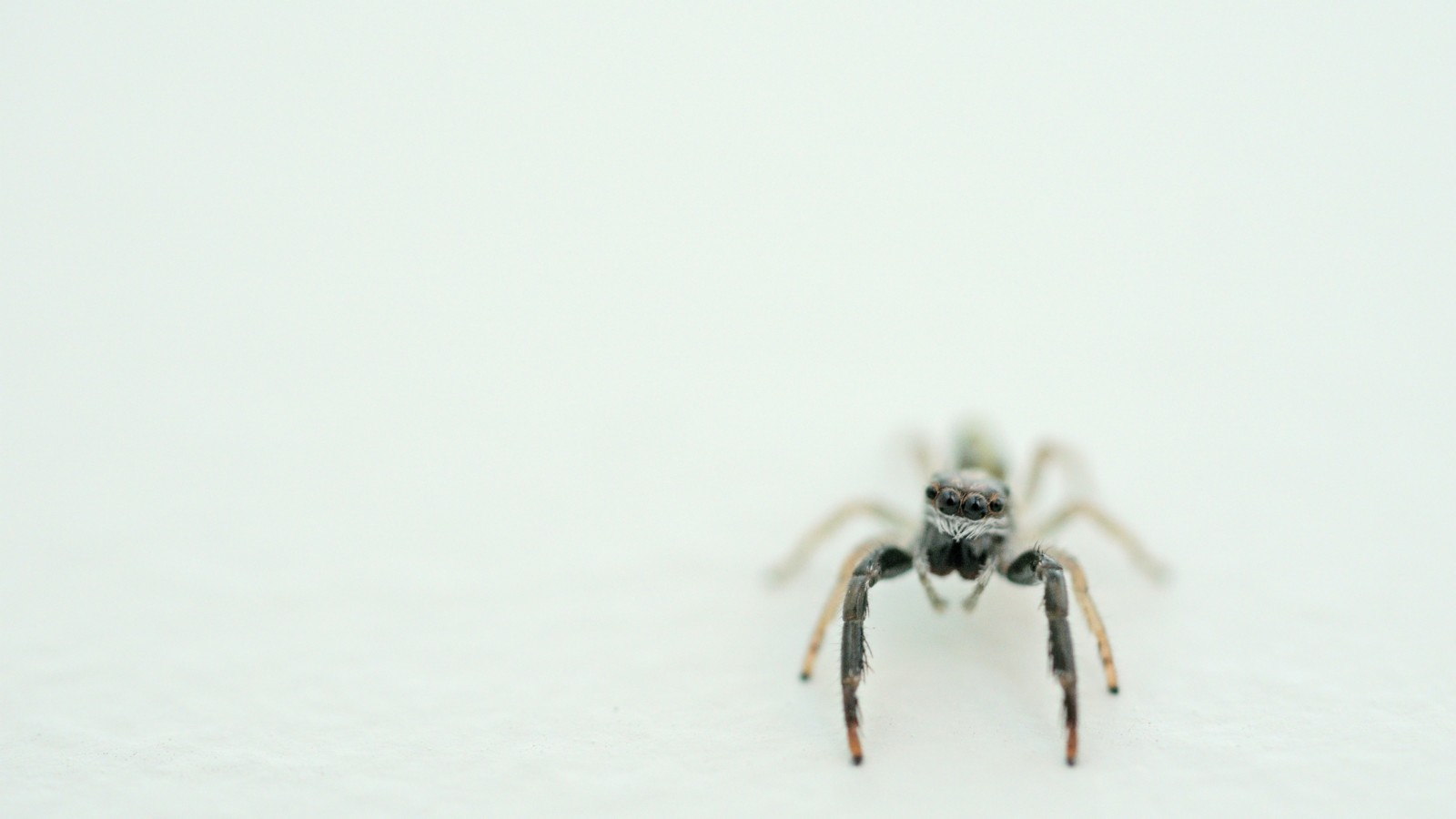Phobias
First, a phobia is when someone fears spiders, open or closed spaces, animals, or something else. People are affected when faced with their specific phobia but can generally switch off when their feared thing is out of sight. Or they don’t think about it when they are free from confronting their feared situation. For example, when attempting to leave the house (agoraphobia) or being in a closed-in area (claustrophobia).
Diagnosis
Some factors need to be considered before diagnosis. For instance, a specific phobia is persistent and intense with a compelling need to flee or avoid the feared object, substance or situation. It confirms that the person’s fear is irrational and not reasonable in the given circumstance and warrants the diagnosis.
Obsessive-Compulsive Disorder (OCD)
In comparison to phobias, people who have obsessions in OCD are hardly ever free from intrusive thoughts and triggers about their feared thing. For example, the fear of contracting AIDS from touching doorknobs is an obsession. Going to lengths, both physically and mentally, to avoid the situation, is a compulsion. These might be washing repeatedly or going over in one’s mind how to escape the disease. It shows that obsessions are based on irrational thoughts, not sound reasoning.
In other words, intrusive thoughts repeatedly invade a person’s mind regardless of any voluntary attempt to stop them. Such involuntary thoughts instigate obsessional stories that involve frightening assumptions, adding credibility to their fear. It makes it feel more tangible for the person going through it. Even being mindful of the illogicality of an obsession is of little help to them.
Obsessive Phobia
Another factor to consider comes from Isaac Mark’s expression “obsessive phobia”, which is not, as he puts it, ‘a direct fear of a given object or situation, but rather of the results which are imagined to arise from it’. While there is a distinction between a standard phobia and an obsession, the overlap is when a person shows signs of one and the other.
So let’s say a person appears to have a fear of dogs. Despite their distress, they get momentary anxiety relief when they’ve avoided going out or escaped from a dog in the street when they have gone out. However, when they get home, they stroke their pet dog. It shows that their aversion is not a direct fear of dogs but a dread to dogs approaching them in the street. Therefore, it cannot be classified as a common phobia. In contrast, suppose a person has a fear of spiders. They don’t think about them when they are out of sight. Therefore, it indicates the norm for a standard phobia. The avoidance rituals seen in the dog obsession are non-existent in the behaviours seen in the spider phobia.
However, let’s imagine someone who fears spiders repeatedly locks all windows and covers door gaps. That is to avoid spiders getting into their home. In that case, the diagnosis might be better suited as “obsessive phobia” because they use obsessional behaviour to counter the feared thing.
Treatment
Cognitive behavioural therapy (CBT) helps change assumptions and irrational thinking in OCD. More specifically, exposure-response prevention (ERP), the evidence-based treatment for this disorder, helps a person face their fears in small steps and reduce their anxiety. These treatments also help people overcome phobias and obsessive-phobias. In the spider example, they would agree to resist the compulsion to cover doors and windows while leaning into associated anxiety until it reduced by itself. Next, they would accept looking at tiny house spiders, then hold them. Later they might handle slightly larger spiders and even a tarantula!


